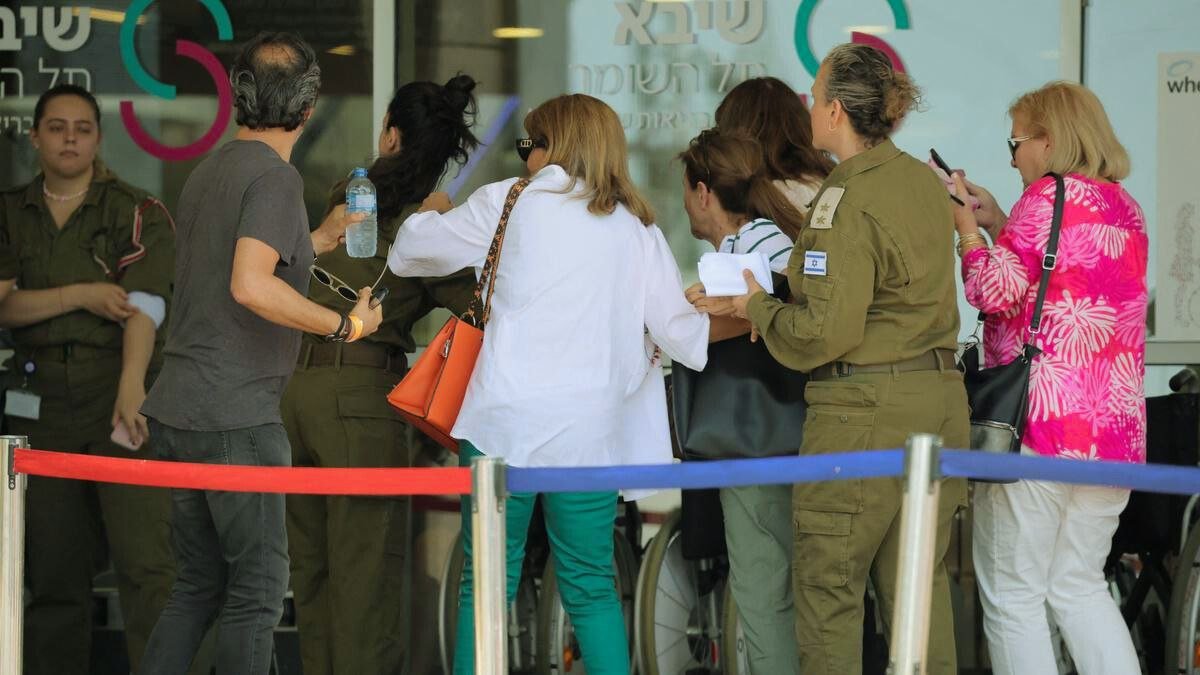
Contents
Background of the Israel-Hamas Conflict
The Israel-Hamas conflict is a deeply rooted and complex issue, with origins dating back to the early 20th century. The establishment of the State of Israel in 1948 was a pivotal moment, marking the beginning of a series of conflicts between Israelis and Palestinians. The initial Arab-Israeli War in 1948, followed by the Six-Day War in 1967 and the Yom Kippur War in 1973, set the stage for ongoing tensions in the region.
The emergence of Hamas in 1987, during the First Intifada, added a new dimension to the conflict. Hamas, an Islamist militant group, was founded with the aim of resisting Israeli occupation and establishing an Islamic state in Palestine. The group’s rise to power, particularly in the Gaza Strip, where it won parliamentary elections in 2006, has been marked by frequent clashes with Israeli forces.

Several attempts at peace have been made over the years, including the Oslo Accords in the 1990s, which aimed to establish a framework for resolving the Israeli-Palestinian conflict. However, these efforts have often been undermined by outbreaks of violence and mutual distrust. Ceasefires have been periodically negotiated, only to be broken by subsequent attacks and retaliations.
In recent years, the conflict has been characterized by cycles of escalated violence, with significant flare-ups occurring in 2008-2009, 2012, 2014, and 2021. Each of these conflicts has resulted in considerable loss of life and widespread destruction, further entrenching the animosity between the two sides.
The lead-up to the October 7 attack by Hamas involved a series of provocations and retaliations. Tensions had been escalating due to disputes over holy sites in Jerusalem, sporadic rocket fire from Gaza, and Israeli military responses. The attack on October 7, characterized by the kidnapping of hostages, marked a significant escalation in the conflict, prompting a robust military response from Israel.
Details of the October 7 Hamas-Led Attack
On October 7, a well-coordinated and multifaceted attack was launched by Hamas, targeting several locations within Israel. This assault, described as one of the most severe in recent years, involved a combination of rocket fire, ground incursions, and the abduction of Israeli civilians. Hamas operatives employed a range of strategies, including the use of tunnels and sophisticated weaponry, to maximize the impact and disruption.

The initial phase of the attack saw an intense barrage of rockets fired from the Gaza Strip, overwhelming Israel’s Iron Dome missile defense system and causing significant damage to civilian areas. Concurrently, armed militants breached the security fence, entering Israeli territory and engaging in direct combat with local security forces. The militants targeted residential neighborhoods, leading to widespread panic and chaos among the civilian population.
One of the most harrowing aspects of the attack was the abduction of Israeli citizens. According to official reports, a total of 15 individuals were taken hostage and transported back to Gaza. The hostages included men, women, and children, adding to the psychological toll on the Israeli populace. The Israeli government and military responded swiftly, deploying additional troops to the affected areas and initiating rescue operations to secure the hostages’ release.
The international community reacted promptly to the unfolding crisis. Countries around the world condemned the attack, expressing solidarity with Israel and calling for the immediate release of the hostages. The United Nations and various human rights organizations also issued statements, urging both parties to exercise restraint and prioritize the safety of civilians.
The immediate impact of the October 7 attack was profound, resulting in loss of life, widespread injuries, and extensive damage to infrastructure. Israeli authorities have since been on high alert, implementing increased security measures and intensifying efforts to prevent further escalations. The incident has underscored the volatile nature of the region and the urgent need for sustained diplomatic efforts to achieve lasting peace.
The Rescue Operation
The rescue operation to free the four hostages kidnapped in the Hamas-led attack on October 7 was a meticulously planned and executed mission by Israeli forces. Utilizing a blend of advanced intelligence and cutting-edge technology, the operation was designed to minimize risks while ensuring the highest probability of success. Significant effort went into gathering actionable intelligence, which included satellite imagery, intercepted communications, and human sources within the region. This intelligence was crucial in pinpointing the location of the hostages and understanding the layout of the area where they were being held.
The execution phase of the operation was carried out by a specialized unit trained in hostage rescue scenarios. Upon receiving the green light, Israeli forces moved swiftly, employing stealth and precision to approach the location undetected. The team faced several challenges, including navigating a heavily fortified area and dealing with potential threats from Hamas militants who were likely on high alert. Despite these obstacles, the operation was executed with remarkable efficiency.
One of the key elements that contributed to the success of the mission was the integration of technology. Drones provided real-time surveillance, offering the rescue team a comprehensive view of the area. Additionally, advanced communication systems ensured seamless coordination among the various units involved. The use of non-lethal incapacitating technologies played a pivotal role in neutralizing threats without causing significant harm to the hostages.
During the operation, there were minor injuries sustained by some of the Israeli forces, but these were treated promptly and did not impede the mission’s success. Fortunately, there were no casualties among the rescuers or the hostages. The efficiency and precision of the rescue operation underscored the capabilities of the Israeli forces in handling high-stakes situations. The overall success of the mission was a testament to the meticulous planning, advanced technology, and bravery of the personnel involved.
Implications and Future Prospects
The recent rescue of four hostages by Israeli forces marks a significant development in the ongoing Israel-Hamas conflict, with far-reaching implications for regional stability, international relations, and the future of peace negotiations. This event underscores the volatility of the conflict and the complexities involved in maintaining security, diplomacy, and humanitarian concerns.
From the Israeli government’s perspective, the successful rescue operation is likely to bolster domestic support and affirm its commitment to safeguarding its citizens. However, it also raises concerns about potential retaliatory measures from Hamas, which could further escalate tensions. The operation may serve as a deterrent in the short term but might provoke a cycle of violence if not managed with diplomatic finesse.
Hamas, on the other hand, may perceive the rescue as a breach of its strategic leverage, potentially prompting it to reconsider its tactics. This could lead to either a hardening of its stance or a recalibration of its approach to avoid further losses. The group’s reaction will be pivotal in shaping the immediate future of the conflict and could influence its relations with other militant factions in the region.
Neighboring countries, particularly Egypt and Jordan, are likely to closely monitor these developments, given their vested interests in regional stability. Both nations have historically played mediating roles in the Israel-Hamas conflict and may intensify their diplomatic efforts to prevent further escalation. Their engagement could be crucial in facilitating dialogue and de-escalation measures between the warring parties.
On the global stage, major powers including the United States, the European Union, and Russia will continue to play influential roles. The U.S. has traditionally been a staunch ally of Israel, and this event may reaffirm its support while urging restraint to prevent a broader conflict. Conversely, the European Union might advocate for renewed peace talks and humanitarian aid initiatives, stressing the need for a long-term resolution. Russia, with its strategic interests in the Middle East, could leverage this situation to expand its diplomatic influence.
Looking ahead, the likelihood of further escalations or resolutions hinges on the actions and reactions of these stakeholders. While the hostage rescue operation is a testament to Israel’s operational capabilities, it also highlights the urgent need for sustainable peace mechanisms. The international community’s response and the willingness of regional actors to engage in meaningful dialogue will be critical in determining the future trajectory of the Israel-Hamas conflict.

OUR SITE: toinewsalert.com





